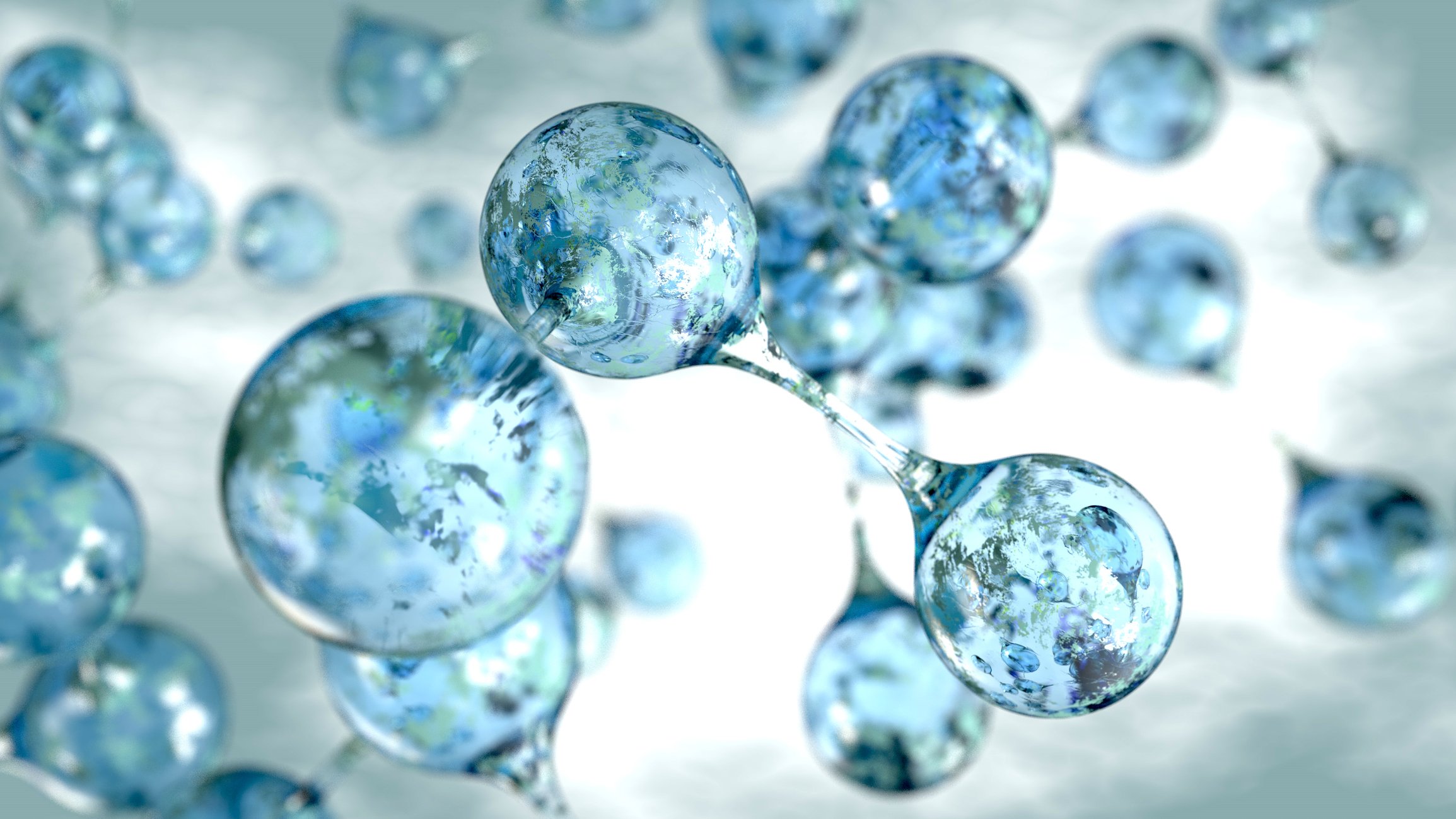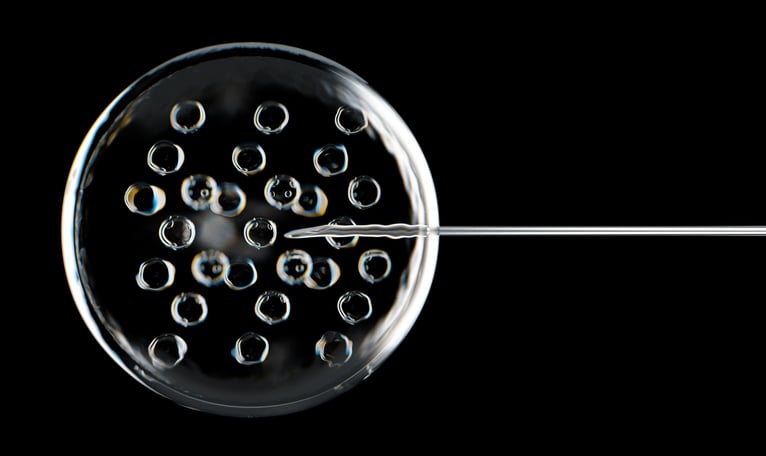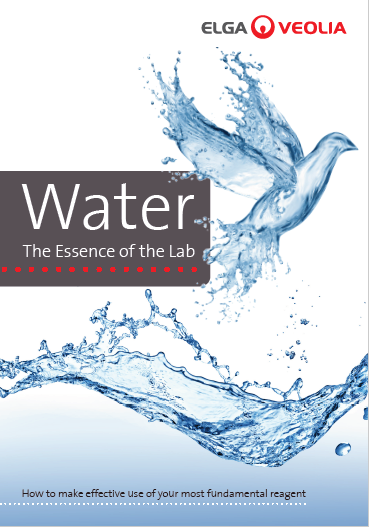Let's talk about lab water
Let's talk about lab water

Pure water is water that has been processed to remove any impurities it contains. Water is such a good solvent; it naturally holds these substances. However, Water Impurities can negatively impact the accuracy of an application and make your results unreliable. By using purified water, you’re ensuring your clinical applications are a success.
Using purified water in the lab leads to reliable, accurate results. Pure water isn’t a single source type; there are different types of water. Each is a different level of purity, with the purest being type I, also known as Ultrapure Water. The type of water you need depends on the scientific application you want it for, so it’s important to understand your requirements.
A range of technologies exist for purifying water, each with their own advantages and disadvantages. At ELGA we use the latest purification technologies to provide you with the pure water supply you require. These technologies can even be combined to achieve the desired results. Our methods usually involve some form of filtration or distillation, although we also use radiation and biological processes, such as activated carbon or ultraviolet light.
Pre-treatment is an option worth considering before starting any purification process. It’s a beneficial option as it improves the results of subsequent steps and can keep overall costs down. Pre-treatment technology can help reduce the amount of contaminants in your water prior to any purification processes.
Using these purification technologies, we build water systems designed for efficiency. From complex custom-built systems to a single unit, we provide you with the water purification system that meets your specifications. From design to installation and maintenance, our team works with yours to develop a system that is seamless and fulfils your water requirements.
Pure water is our favourite lab reagent, which should come as no surprise. All of our biochemistry occurs in water, and most of our body weight is made up of the stuff. However, many people are unaware of the different variables there are to take into consideration when selecting the water you use in the lab. For those that need a helping hand, we’ve created a whitepaper that is filled with guidance and tips to help you make the right decision when it comes to your pure water needs.

find out more about pure water with our whitepaper
Not sure if you need our whitepaper? Here’s an introduction into the different topics and information you’ll find.
The pure water guide kicks off with some interesting facts about the water used in laboratories. We also discuss some common problems linked to water contamination across a range of experimental processes, including nucleic acid and protein blotting, chromatography (very sensitive to poor quality water), spectroscopy and spectrometry, qPCR, histology and immunohistochemistry.
There are various types of impurity you’ll find in water. Find out where they come from and what problems (including health risks) they can cause downstream (get it?). You might also be interested to learn about some of the tools used to test water purity, something else we cover. For example, you can buy small handheld gadgets to carry out some of these tests to check your water, which can be handy to know if you are looking to troubleshoot a problem experiment.
Laboratory water (as well as water for industrial use) is usually classified using particular systems. We’ll tell you about these and discuss how the different levels of ions, total organic carbon (TOC) and other contaminants in the different grades can affect your experiments. To make your life a little easier, we’ve even included a quick reference table highlighting which grades of water are appropriate for different experimental techniques or reagents. It’s a really good idea to check this if you’re unsure; it’s far more efficient and economical to make sure you’re using the right type of water instead of troubleshooting after you’ve experienced a problem.
If you’re really interested in your water, you may want to know exactly how each water grade is purified to remove contamination. Alternatively, you might be having more serious problems with your experiments and you need this info to effectively find the cause. Either way, our ebook will have you covered. There are a surprising number of different technologies for water purification, and we describe the main ones. If you want to know how to remove ion content in your water, or how to make sure it’s sterile, you should have a read of this section.
Before you go ahead and buy a water purification system for your lab there are several practical considerations to make; we give you some good advice around these. They go from making sure you have enough space, to choosing combination vs. individual water purification systems. Storing reagent grade water can be a source of recontamination, and you should really be careful about the containers you use (don’t worry, we also give you some advice on this aspect).
 The Future Of Reagent Grade Water
The Future Of Reagent Grade WaterAs a scientist you always want to look to the future, and so do we. The general direction of assays is towards increased sensitivity, for example in looking for nanoparticles at extremely low levels in the environment. For such challenges you need ever-purer water, and we talk about some of the most interesting research being done using water of the highest purity.
Want to delve deeper into the world of lab water? Impress your colleagues, safeguard your data and optimize your experiments.